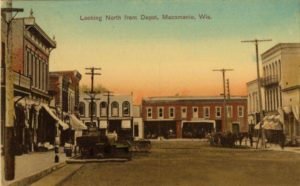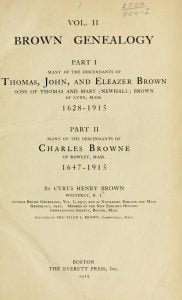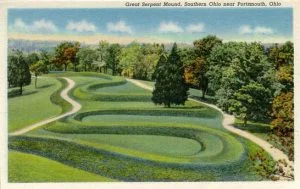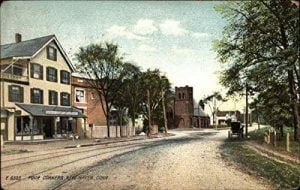History of the township and village of Mazomanie, Wisconsin
The manuscript, History of the township and village of Mazomanie [Wisconsin] penned by William Kittle and published in 1900 collected information from a wide variety of sources, both documents, and living interviews. This book provides a general history of the township, and then presents a series of brief biographical sketches on the early settlers of Mazomanie. The links below will take you to the start of each historical section as detailed in the contents for the book, and then the specific pages of the book where each biographical sketch is contained. There is no index for the book, nor is there a list of biographical sketches contained within. We have taken the liberty of creating a biographical index for it.








